Details
10 weeks, MFA, 2020
Product and UI/UX design
In collaboration with Getinge
Group project together with Rafaela Stillner, Anna Gębala, Shuai Li
Challenge
Early Mobilization is essential for a patient’s physical and mental recovery in the Intensive Care Unit. Even though mobilization minimizes complications of bed rest and can decrease the patients’ hospital stay by 50%, it’s not a standard routine in ICU’s today. Mainly because it takes a lot of time and requires multiple staff, who also needs the right knowledge.
This project was about designing a product for The Future ICU, in collaboration with Getinge. We, in a team of 4, chose to focus on Early Mobilization of the patients.
Concept
Our solution is Emi - a system enabling a simplified Early Mobilization experience by improving the cable organization and offering wireless patient monitoring and mobilization guidance.
When Early Mobilization is performed the Wireless Monitoring Unit enhances the patient’s freedom of movement. At the same time the Projector Unit guides the ICU staff, patient’s relatives, or the patient, through the exercises by showing projections. This guidance makes relatives more supportive and increases the patient's motivation. The Software gathers all information about the patient and creates a patient-tailored mobilization plan for fast and effective recovery in the ICU.
”After a while I hated just lying in bed, the bed becomes like a prison…”
//ICU patient
How to enhance the process & experience of early mobilization in the ICU, in order to improve the patient healing?
The solution
Our solution Emi - Early Mobilization in ICU - is a system enabling a simplified Early Mobilization experience in the Intensive Care Unit at the hospital. Emi would create a big difference in ICU, as mobilization and to start with it early is essential for a patient’s recovery, and Emi makes this easy, efficient and fun!
FINAL Concept video
Process video
CURIOUS TO KNOW MORE ABOUT THE PROJECT?
Continue further down to view the Research, Final concept, Design process, my Role in the team and Learning outcome
Research
Early mobilization today
Early mobilization refers to physical activity performed within the first 72 h of a critical illness
Early Mobilization minimizes the complications of bed rest & decreases the hospital length of stay
Benefits with Early Mobilization
Improved patient functions
Improved overall strength & endurance
Decreased ventilator days
Minimized bed rest complications
Decrease hospital length of stay & costs
Psychological benefits e.g. positive recovery outlook & decreased incidence of delirium
"You want the patient moving as much as possible. If the patient is moving the recovery process will be way faster"
//Mari, Usability engineer/UI designer, Getinge
The ICU context. The red lines show the amount of cables connected to the patient, which are limiting the patient when doing exercises or being mobilized.
We can already see a shift happening in the ICU, but we want Early Mobilization to become a part of the culture and a routine in the ICU.
Interviews
During the research we have done multiple interviews with Physical Therapists, nurses and doctors to understand how mobilization is done today, why it’s important and about the obstacles and pain points.
Identified Painpoints
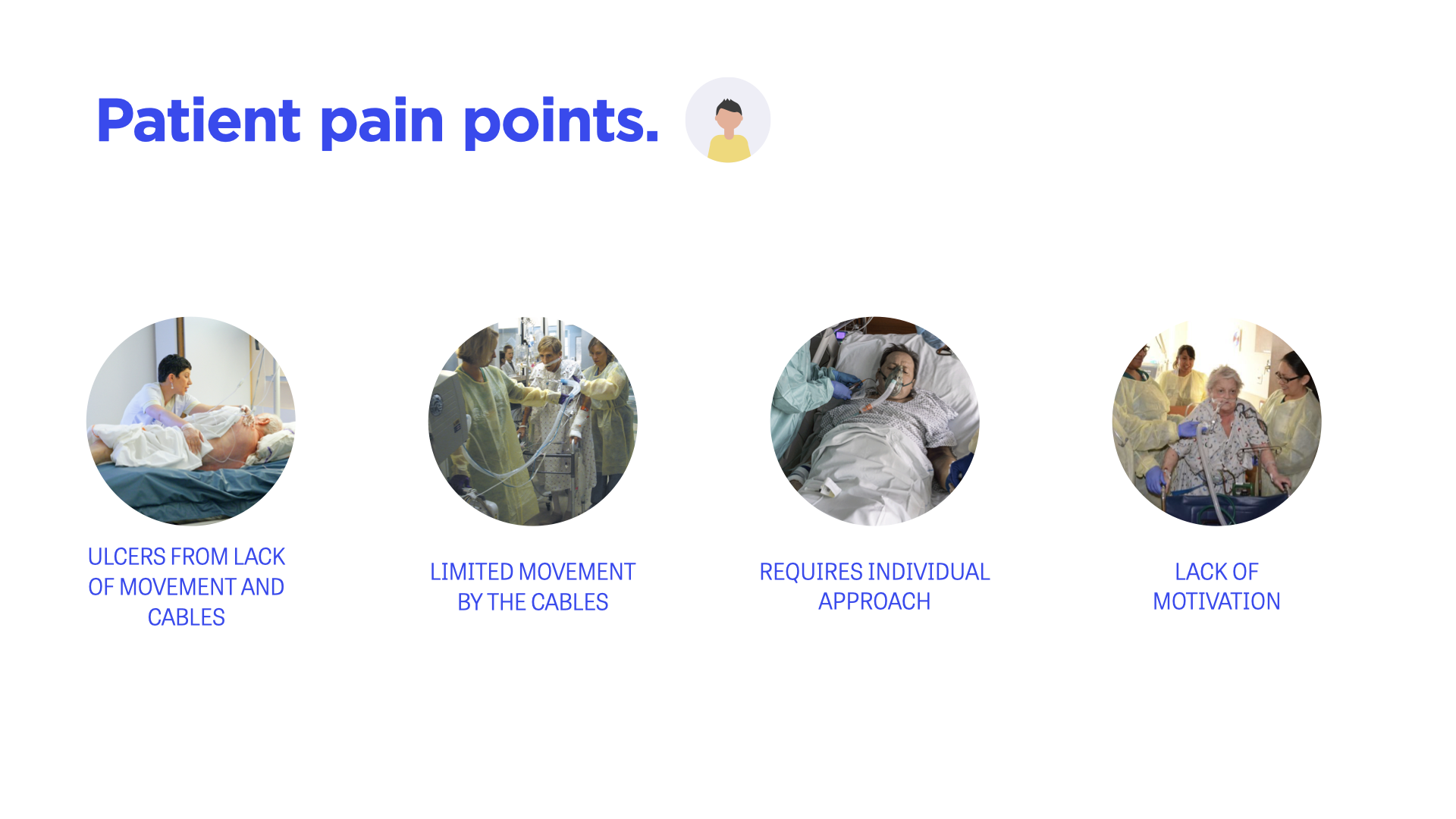
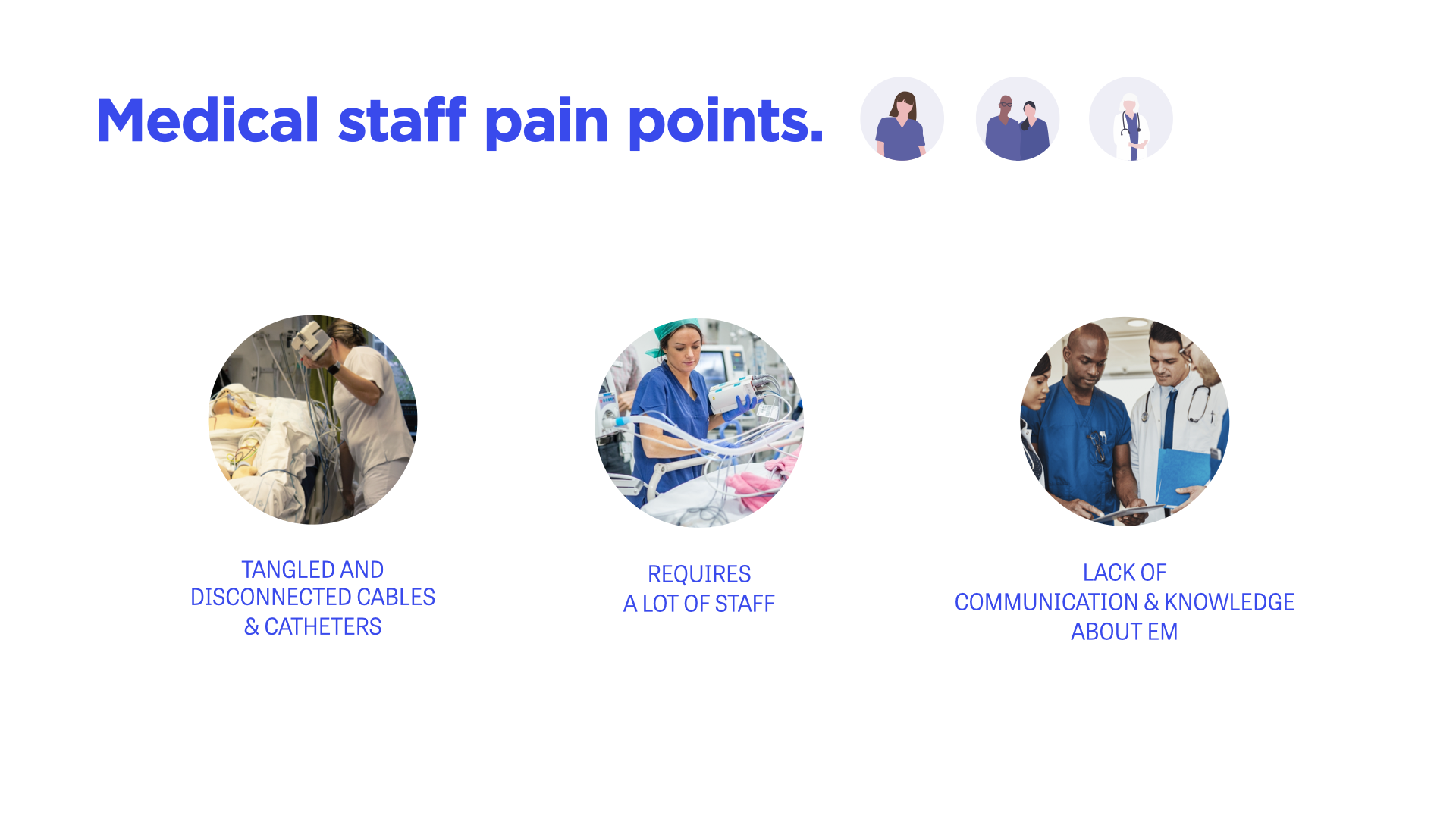
Final Concept
monitoring unit
The Emi monitoring unit improves the cable organization and enables wireless monitoring of the patient. Because of this the patient can move easier and feel more free. It also helps the staff who can focus more on the patient and don’t need to spend time taking care of tangled cables or worry about cable disconnection.
The Monitoring unit is designed to be quick and easy to attach to the patient body. The cables are rotated around the sensors and organized using the clips.
“I definitely think this is the way to go in the future”
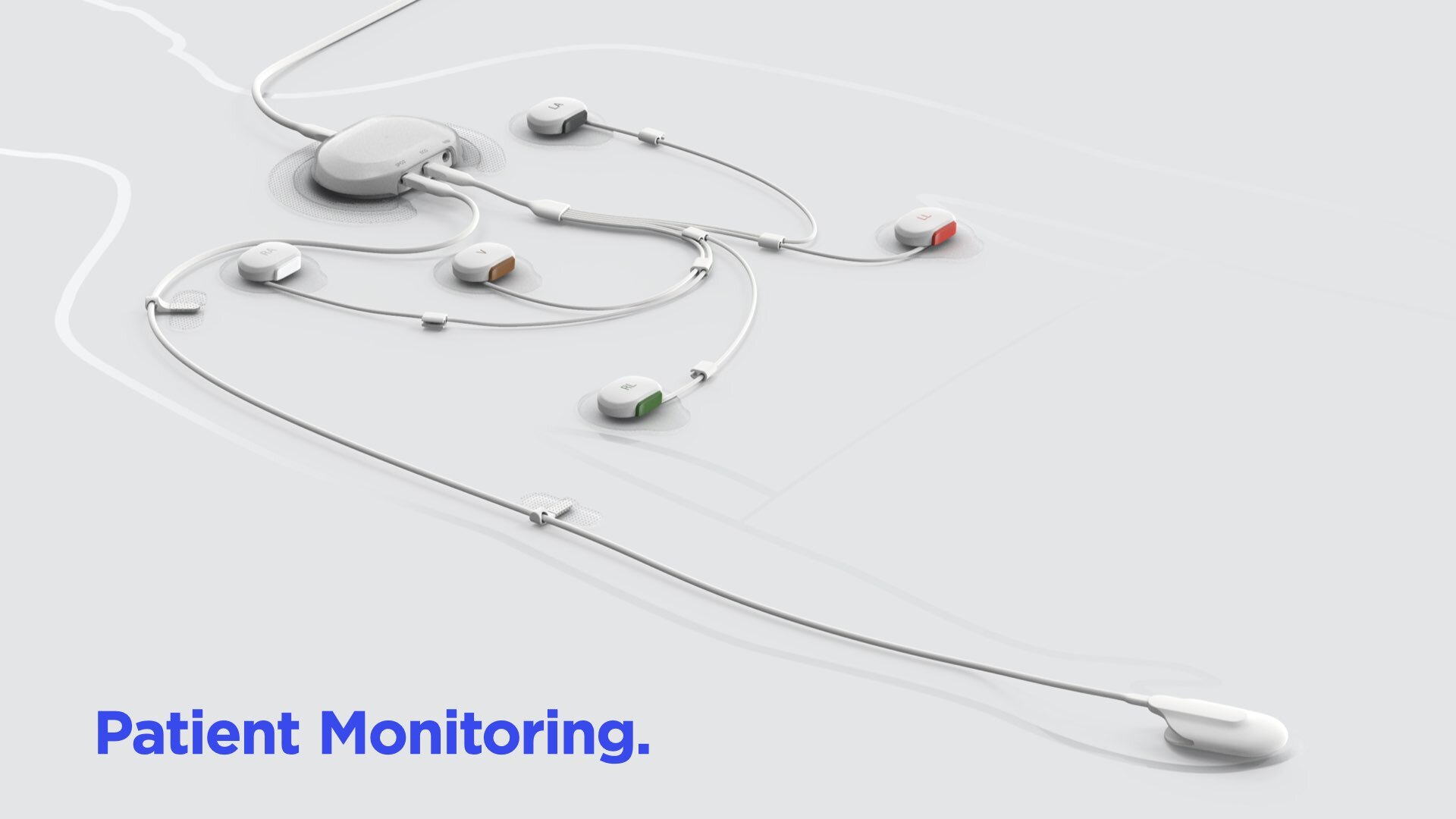
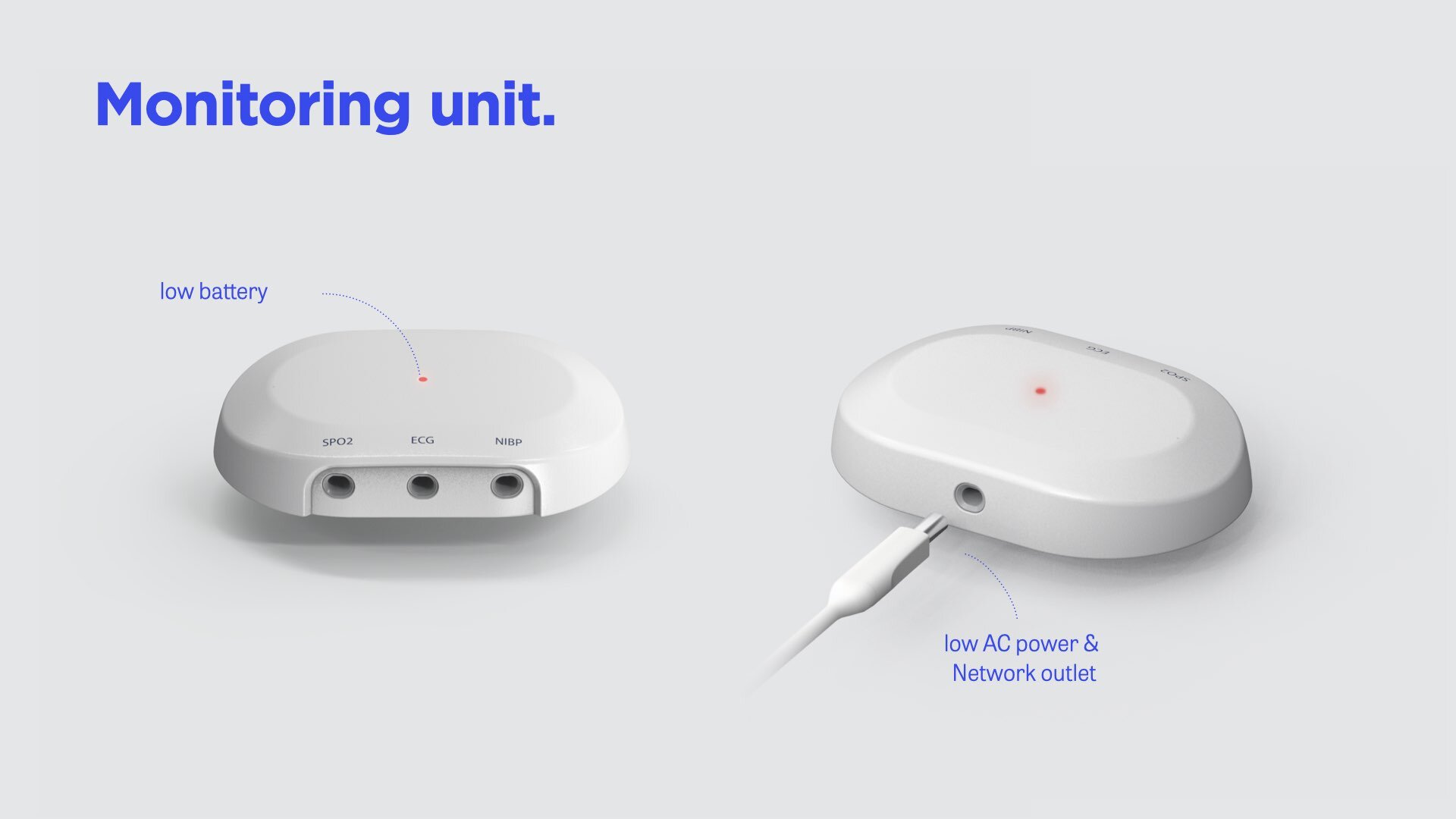
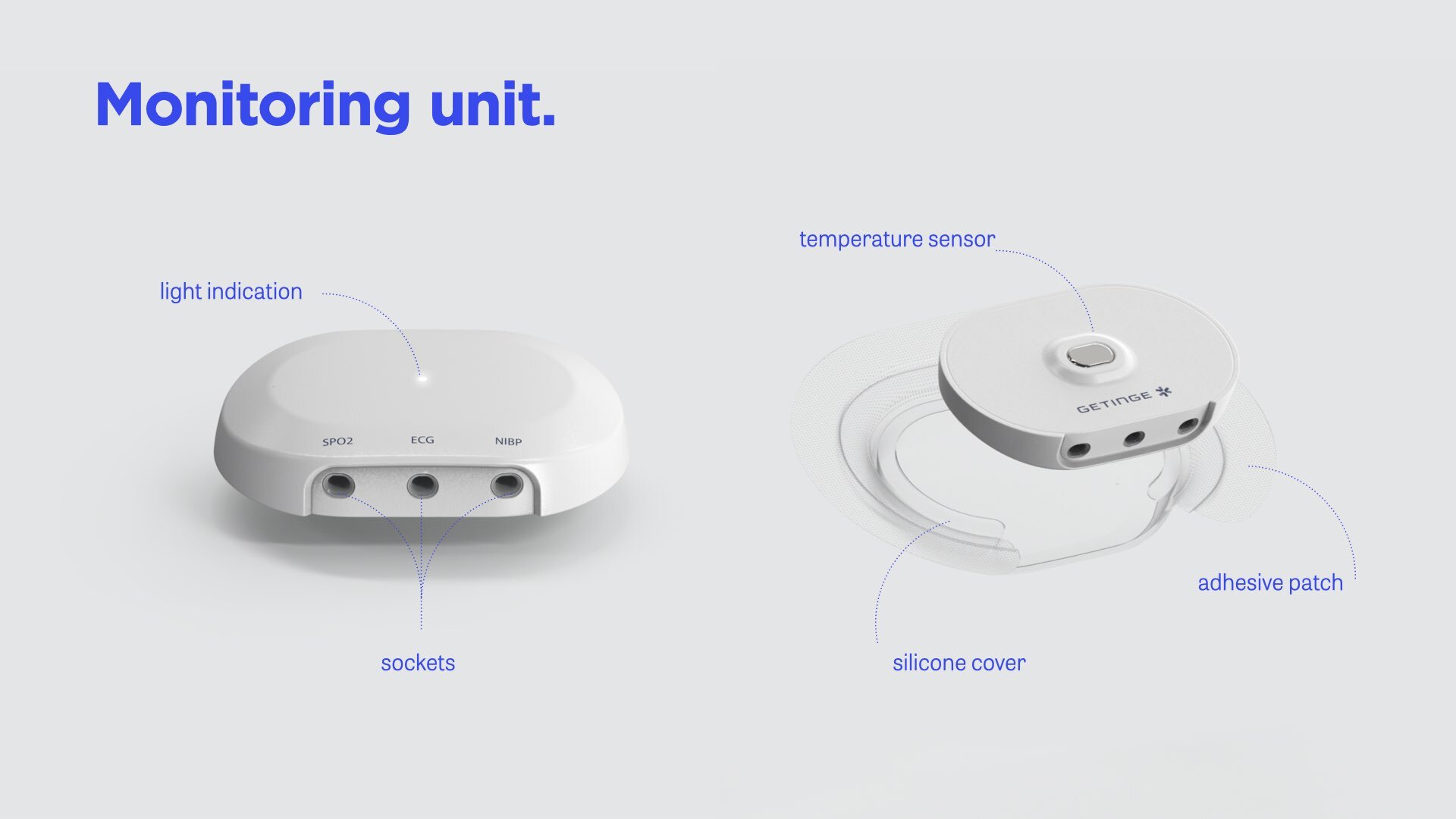
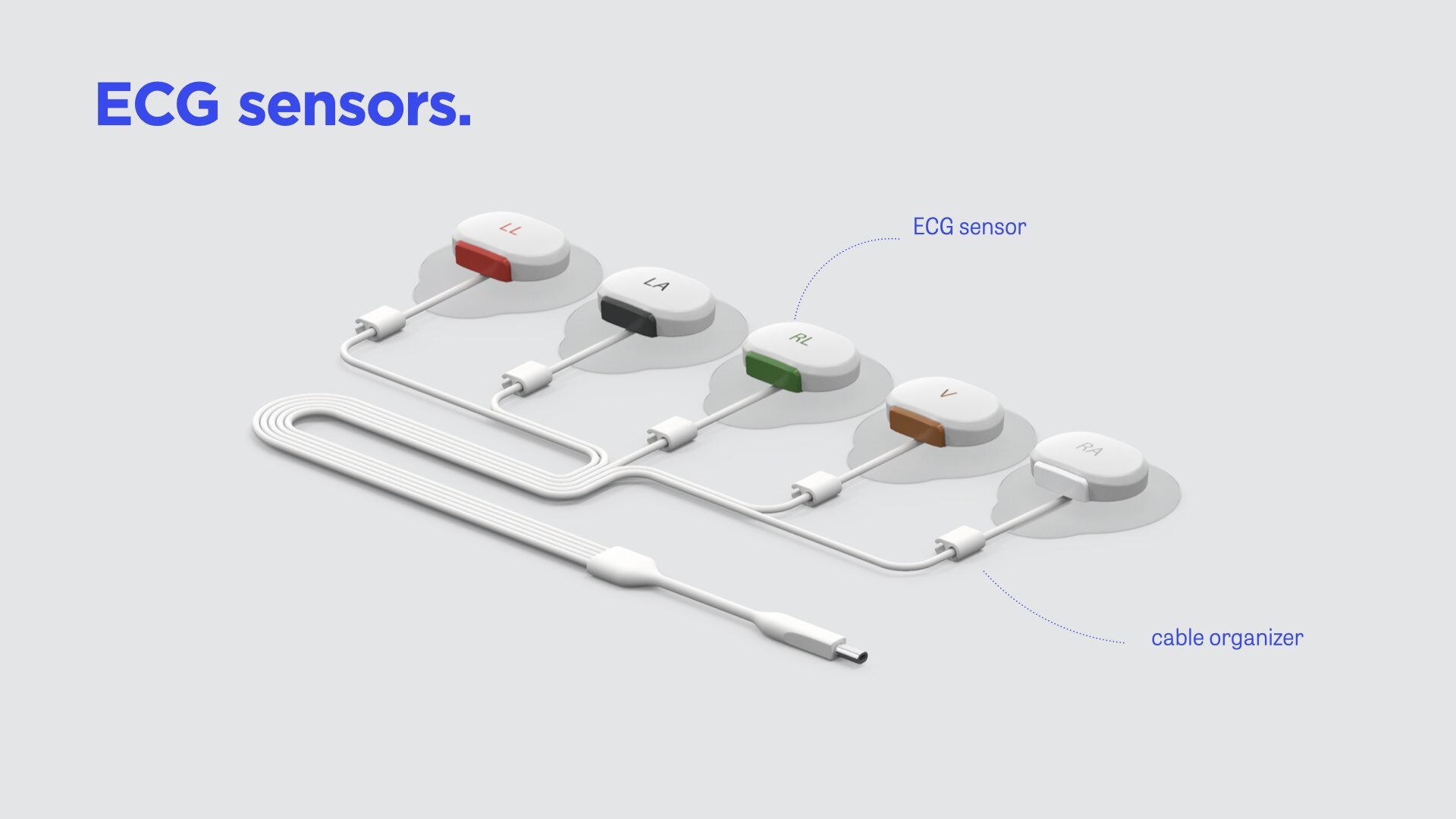
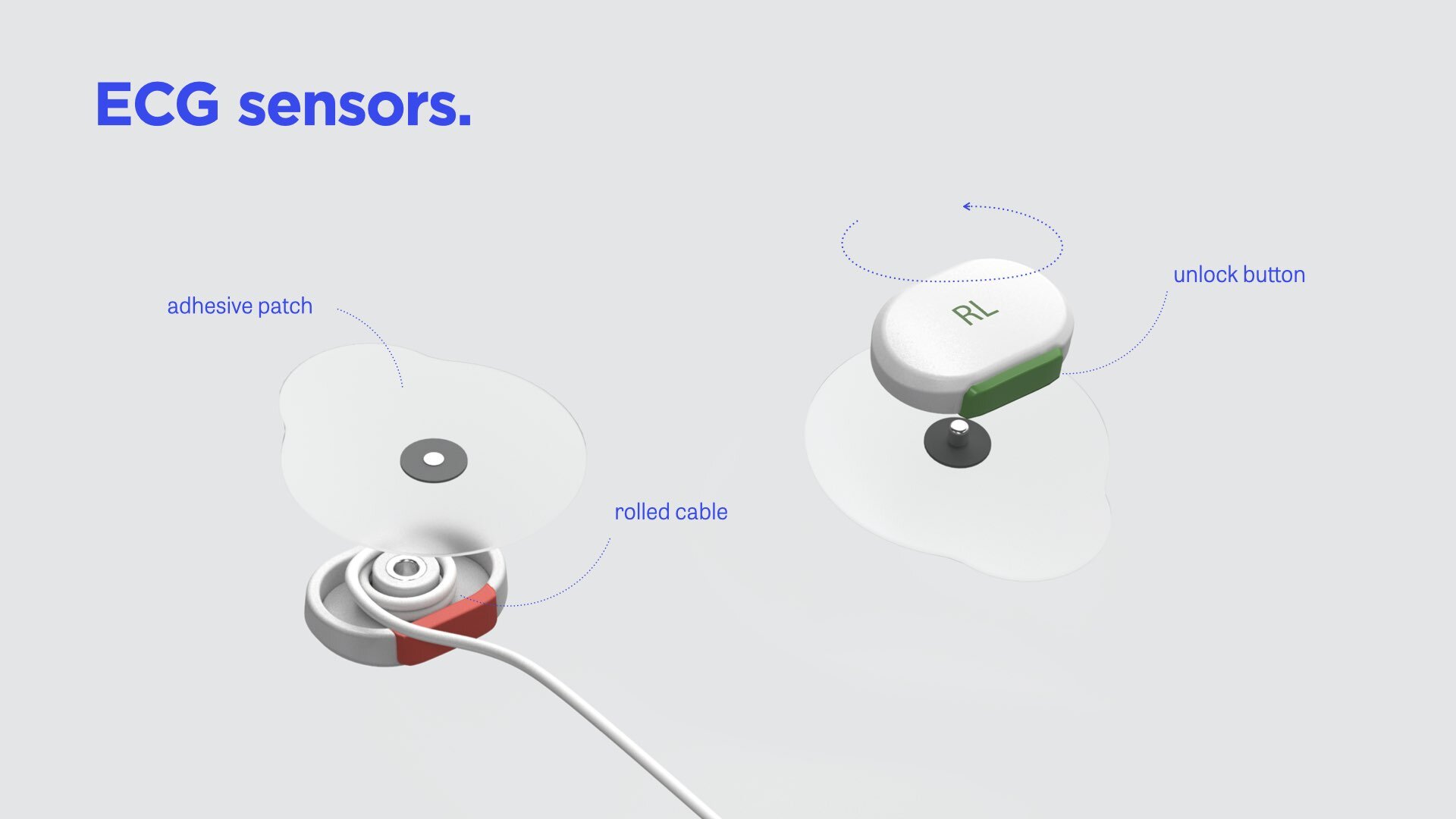
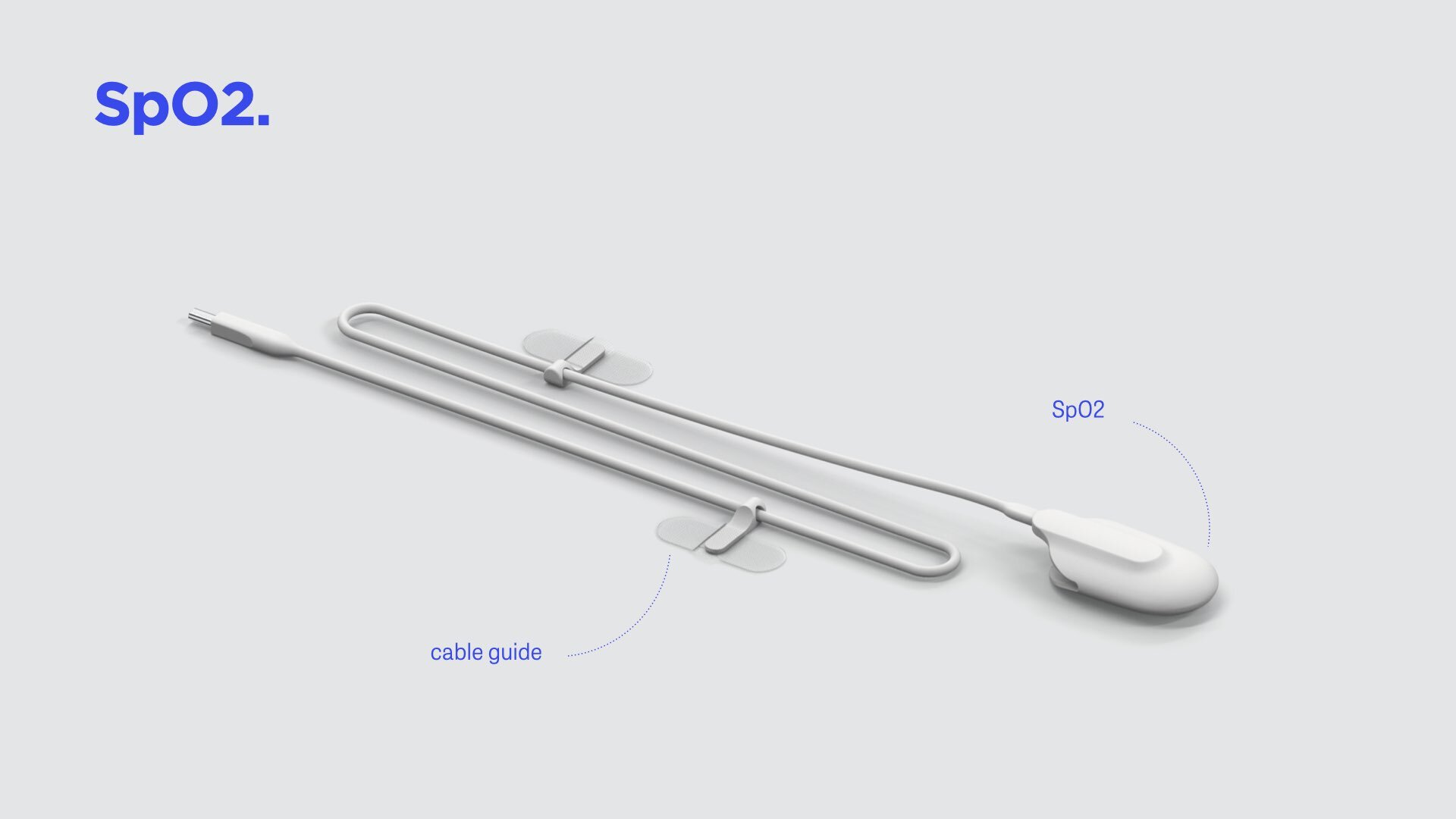
Smart projector
The Smart projector is fixed to the ceiling in the ICU, not taking up any necessary space. The projector sphere is projecting the guidance in the ceiling or on the patient’s body, depending on who is using it for guidance. The camera is faced towards the patient, tracking the movements and collecting information which is saved in the software. When off, both the camera and projector sphere are turned away from the patient, facing the ceiling.
guidance
The projected guidance from the Emi projector helps the ICU staff, patient’s relatives, or the patient, to perform the mobilization exercises when the Physical therapist is not there. Because of this guidance, Early Mobilization can be performed more often in the ICU and by that improves the patient’s mobility, mental & physical health and decreases the hospital stay.
The type of guidance differs depending who is using it. When the staff or patient’s relatives are using the guidance it’s projected on the patient. When the patients are awake and can do some exercises themselves the guidance is projected in the ceiling. The playful visualizations, the colors and the game exercises are increasing the patient’s motivation.
SOftware
The Emi software gathers all information about the patient and creates a patient-tailored mobilization plan for fast and effective recovery in the ICU.
The different stakeholders involved in the patient training can individually log in and reach the software from anywhere. The physical therapist is the person doing the mobilization planning, using the software. The ICU plan (with activities like a MR scan) can be synchronized with the mobilization plan in the software making the planning easier. It’s also possible to get an automatic tailored EM plan, based on all gathered data of the patient.
The software simplifies the patient planning and decision making among staff. It also gives an overview of the patient progress and reminders about Early Mobilization to help minimize pressure wounds. The software is following the patient through the whole recovery process, even when back home doing physical therapy.
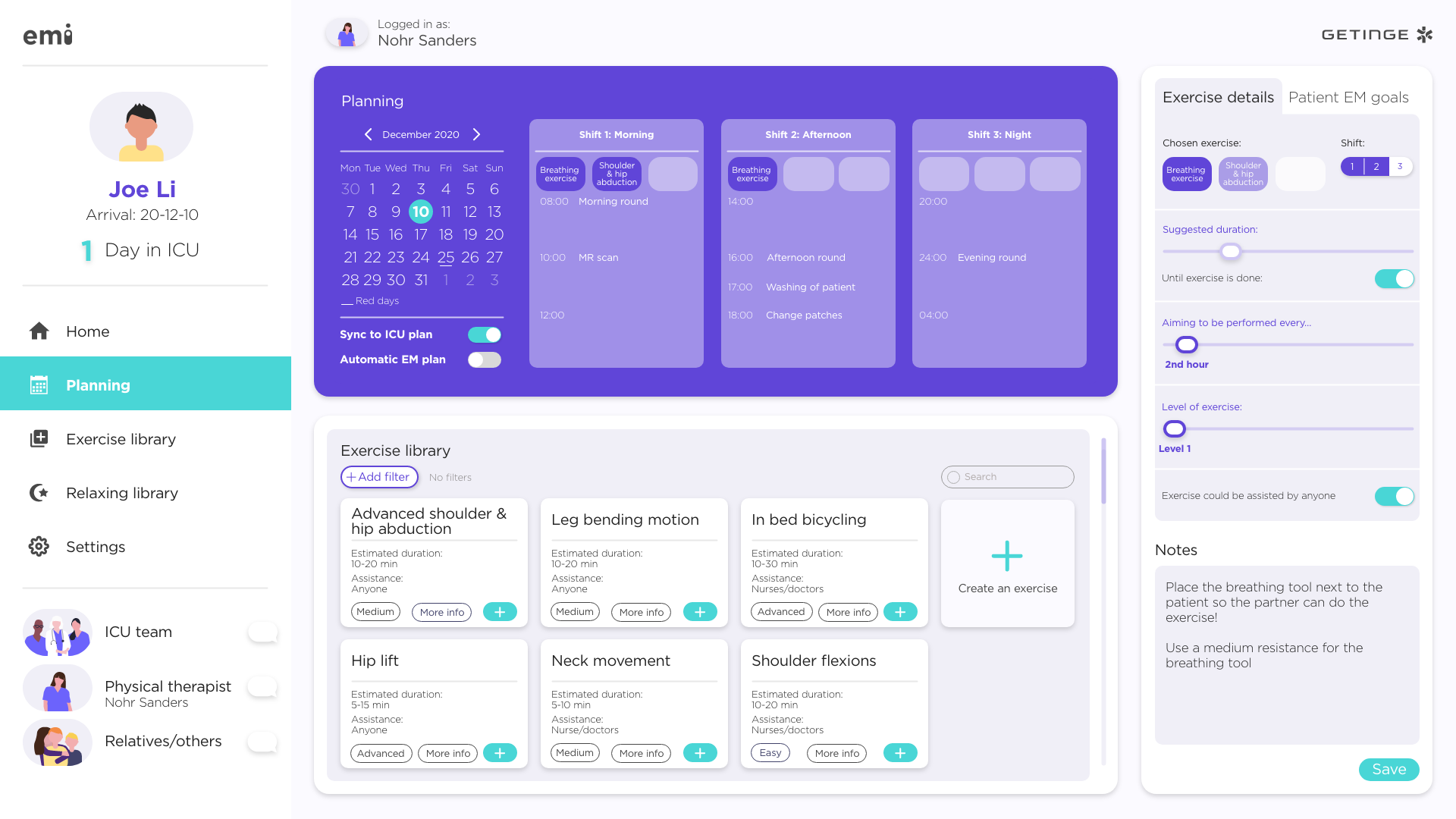
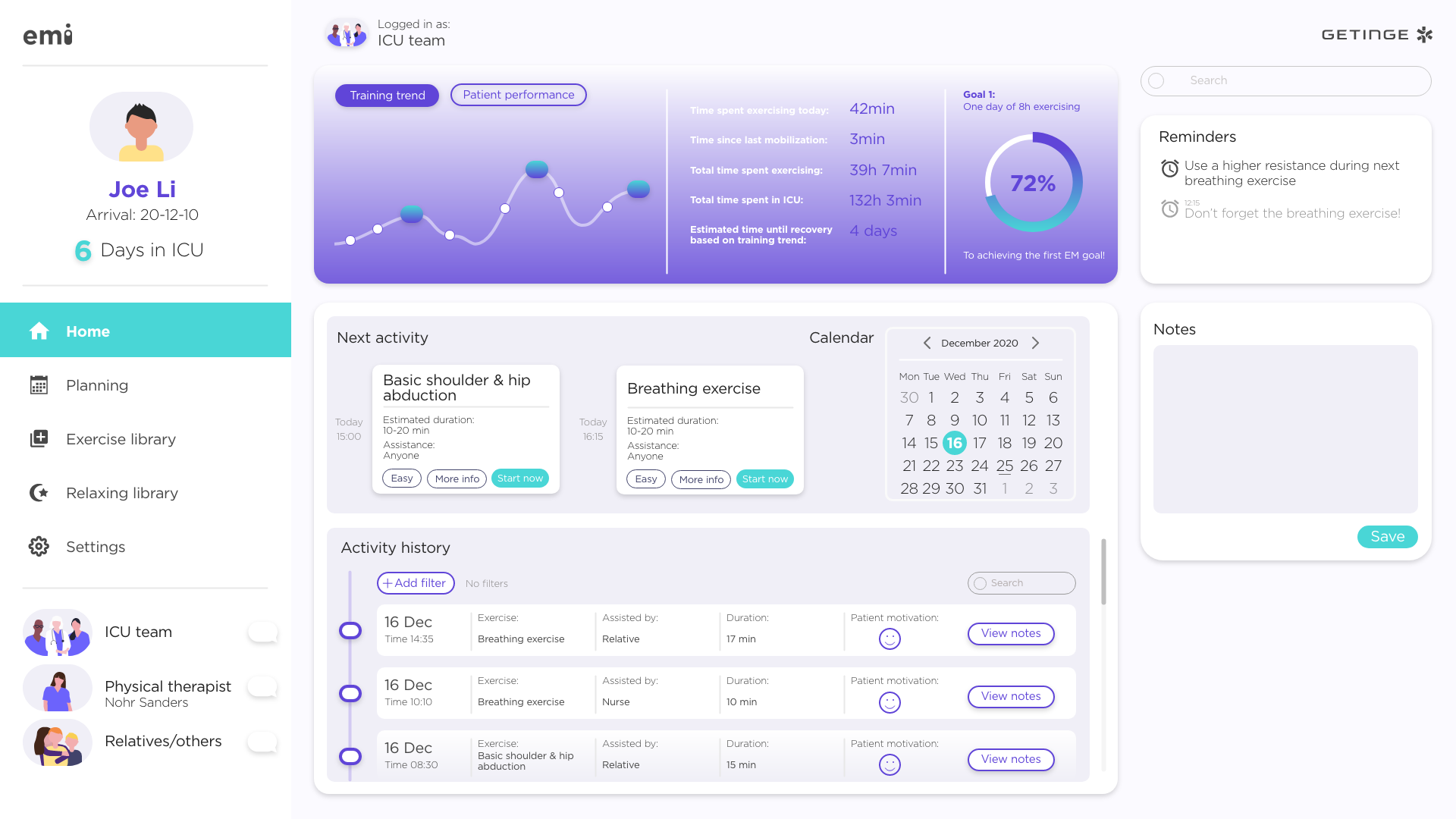
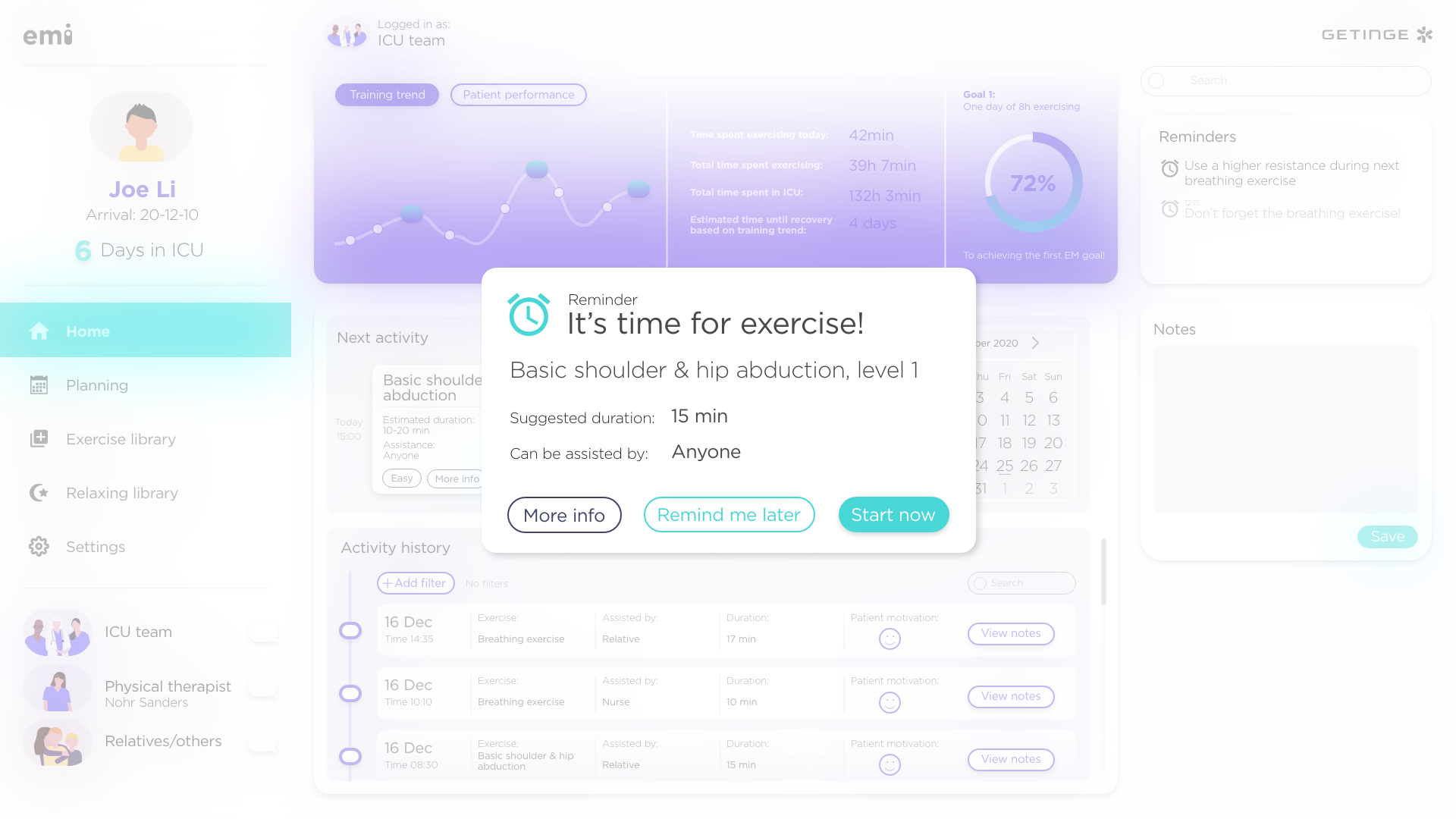
Benefits with the EMI concept:
Simplifies the EM process
Efficient, tailored planning & follow up
Increased focus on patient
Faster recovery
Improved mobility, mental & physical health
Increased motivation
Decreasing staff workload
“It was a great presentation of a very valuable area, the early mobilization is very relevant and interesting as it shortens the hospital stay and maybe can decrease the patient complications. First of all I would like to say that the first class design of the EMI is very interesting to see, specially the silicone cover. It’s also a great idea with the ECG cables, that you can shorten them. And the smart projector, it’s a great idea to have it both in the roof and on the patient”
“How do you motivate the staff to do the training..? I think it’s a great promise in the software to do that actually, cause you allow them to do a plan upfront... I think that’s an interesting part of the project”
Design Process
Ideation & concept development
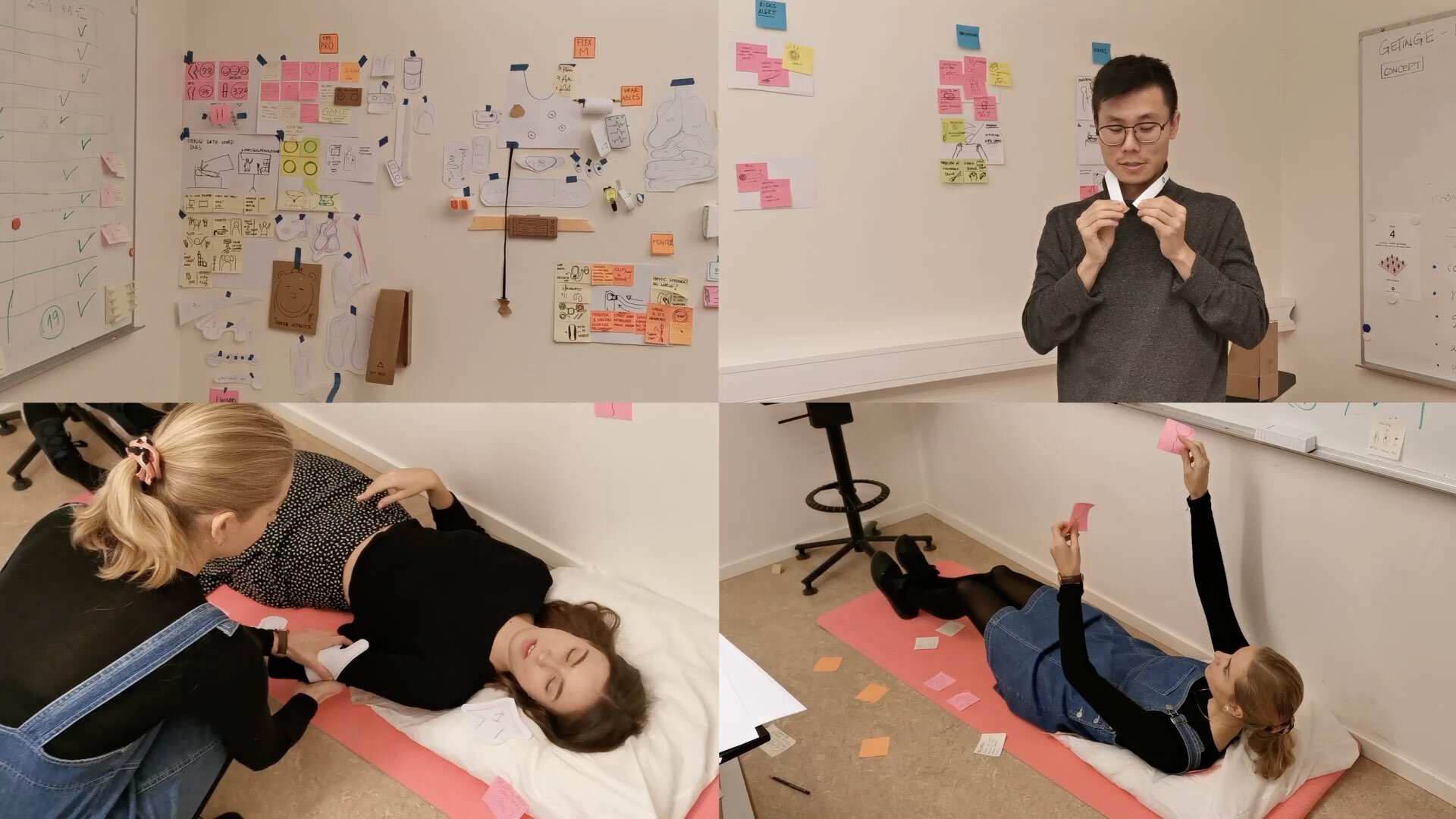

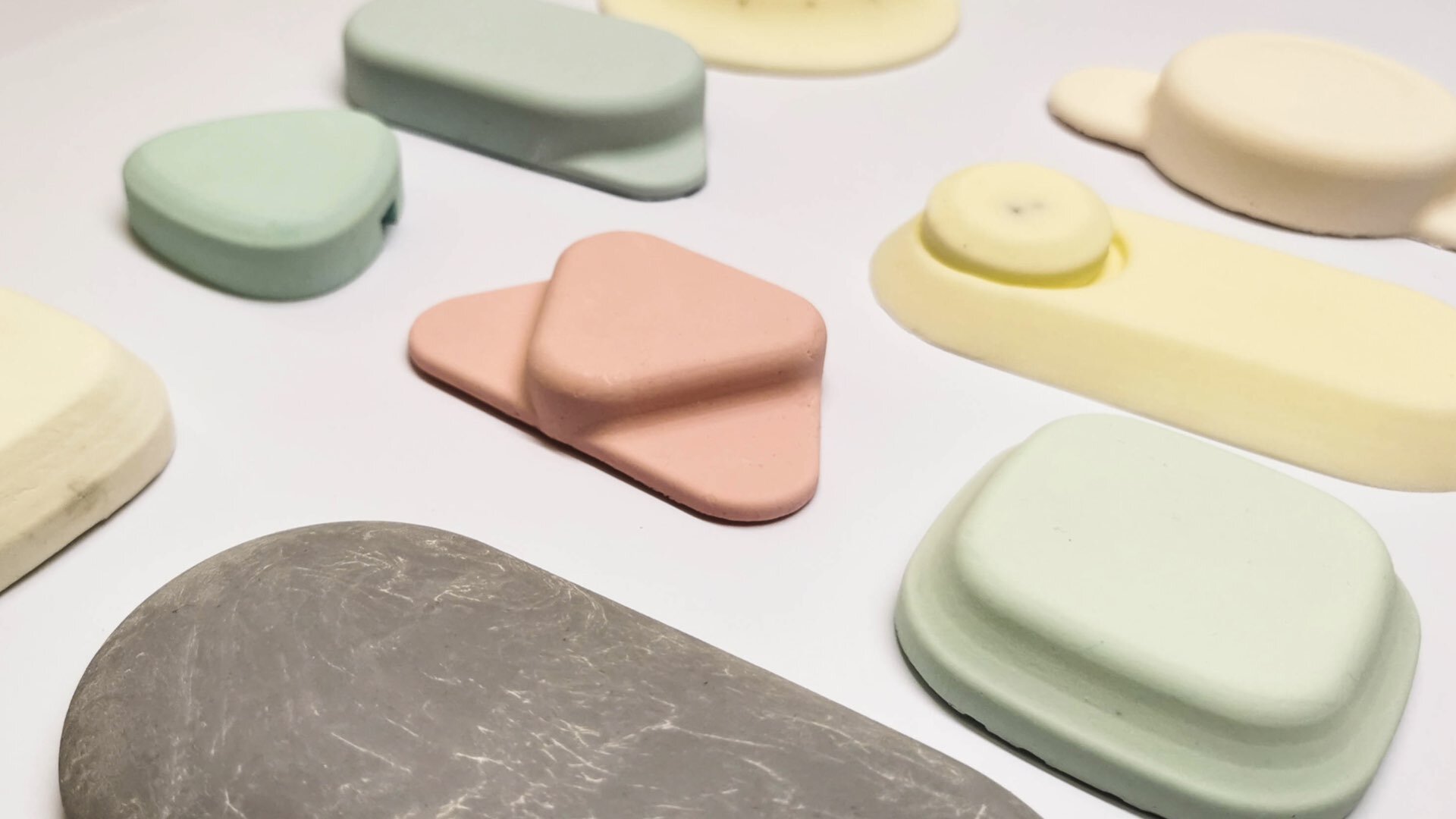
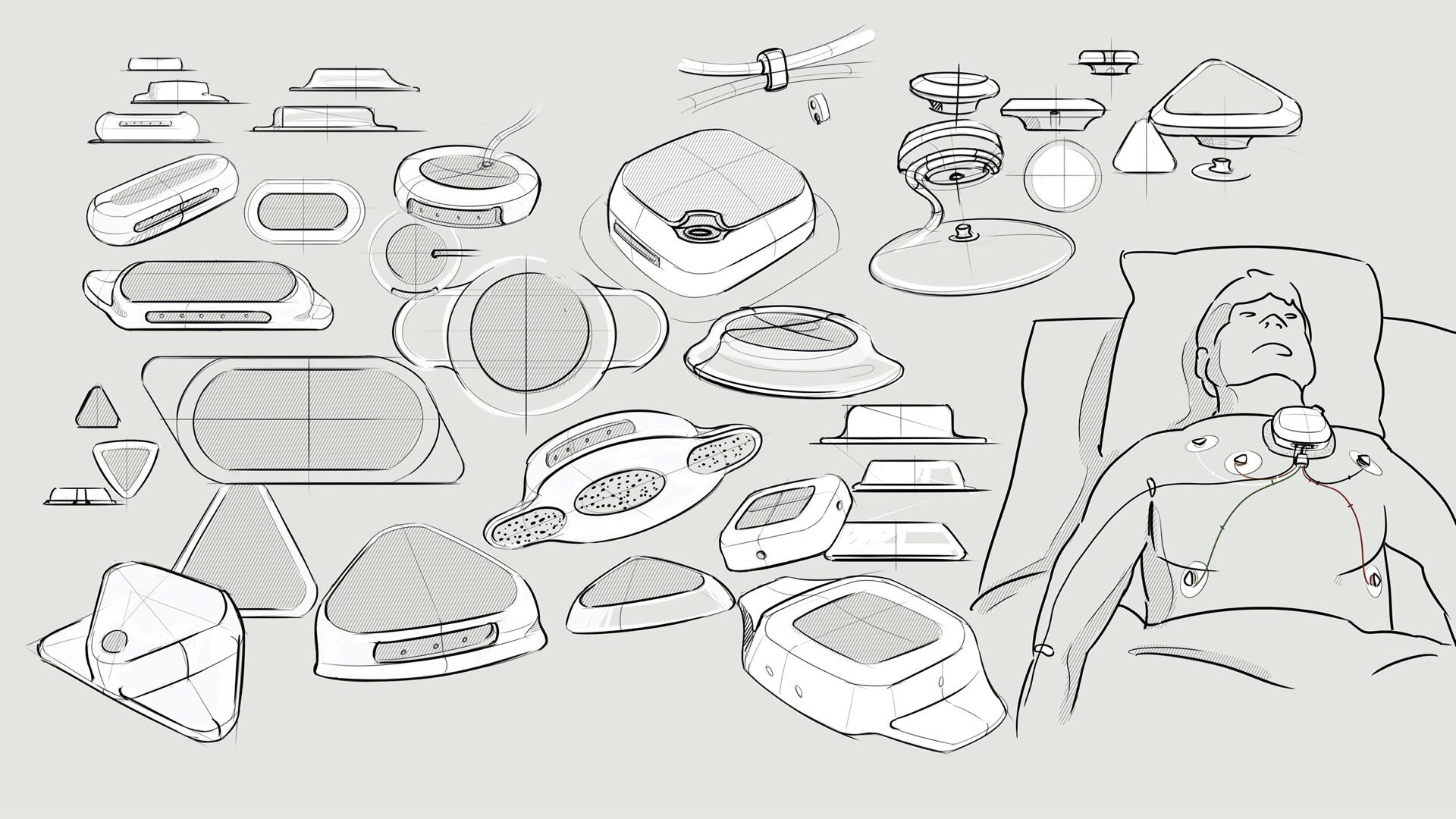

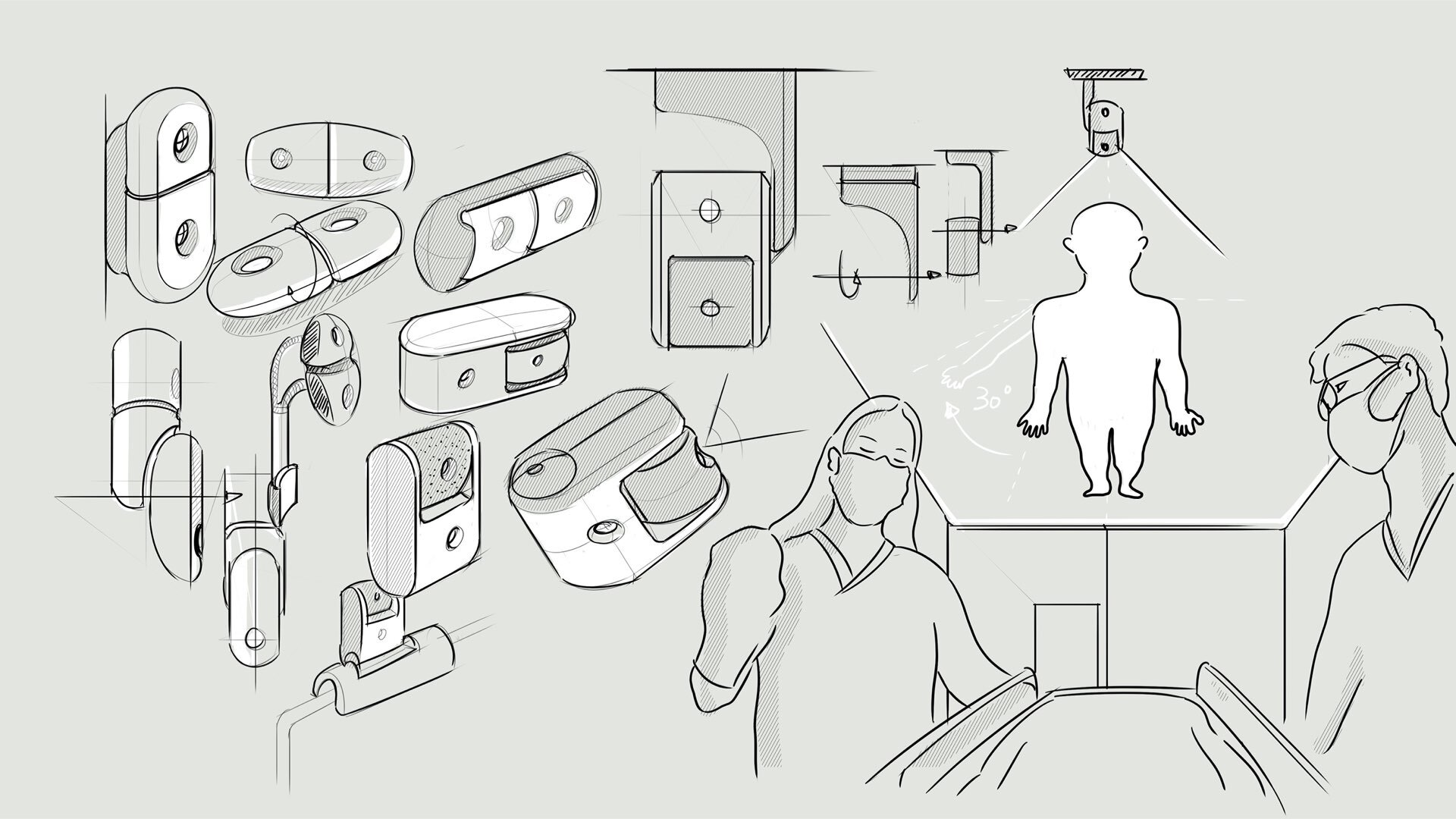
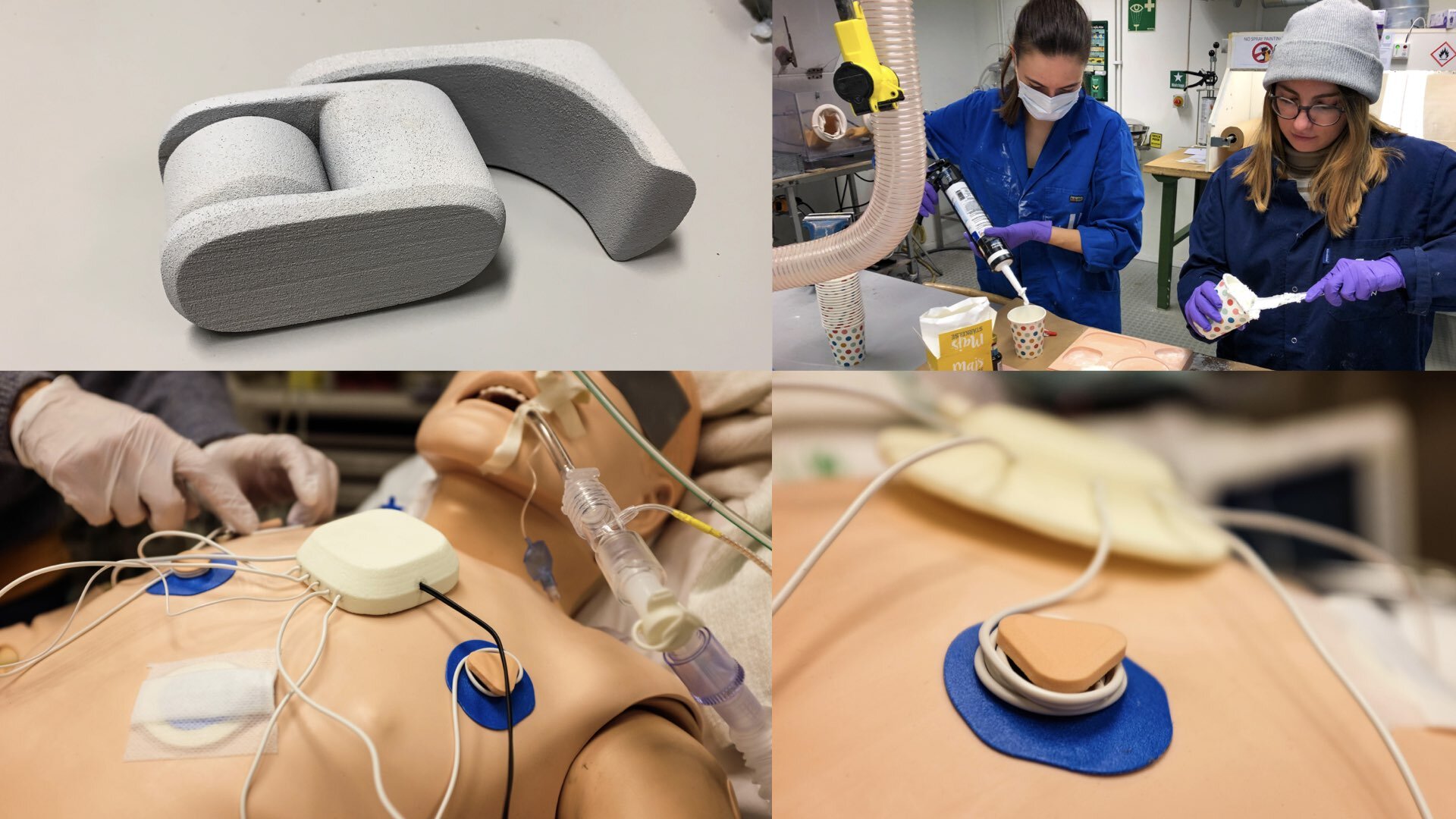
We went to the ICU to get feedback on our early concept ideas
Trying out concepts
We tested many different concept ideas to find the best way of solving the identified pain points
My role in the team
The team did the research, ideation and conceptualization together. Only in the end of the project, when finalizing the concept, we divided the tasks between us.
I did the design of the software, how it should work and the three screens showing the idea of it.
Me and Rafaela worked on the guidance and designed the projected graphics and illustrations together. After that I did photoshop renders of the different guidance options as well as animations of the guidance, while Rafaela worked on the final solution video.
I also worked a lot on the voice-over script and story board for the final solution video.
The team did all the video shooting for the final video together in the photo studio in school.
We had a group room where we could work together throughout the project, learn from each other, ideate, develop and try all our ideas.
Learning outcome
Research observations and interview techniques
Medical design
Experience design
UI design and software design. I had never designed a “computer screen software” before which was fun to learn and I could also improve my skills in Adobe XD
Improved skills in many areas like: Ideation, workshop methods, making prototypes, user testing, conceptualizing, model making, animating in Adobe After Effects and collaborating with a company
I learned a lot from working with the team, and their skills















